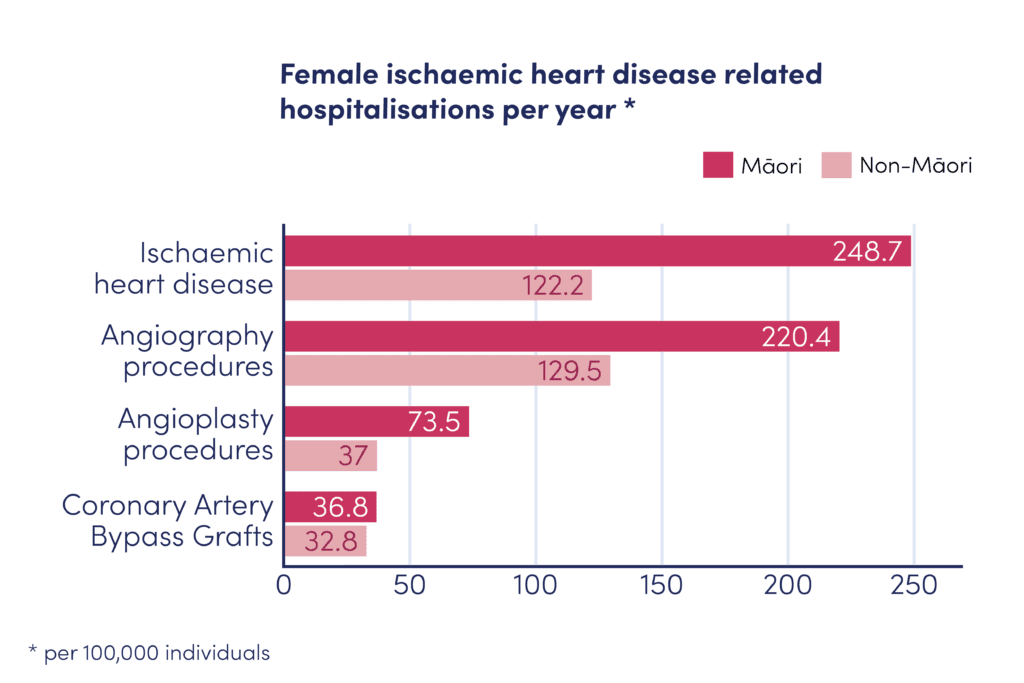Te Tauraki has published its 2025 Monitoring Report, establishing a kaupapa Māori framework designed to drive meaningful health system transformation for whānau Māori across the Ngāi Tahu takiwā.
The report represents a significant milestone in Māori health monitoring, combining robust data analysis with whānau voice to create what Te Tauraki describes as “a new kind of accountability, one grounded in values, community voice, and a full cycle of care.”

Te Tauraki Board member Dr Maira Patu says the monitoring is not just a technical exercise, but one that reflects whakapapa, whenua, and wellbeing.
She says the framework applies Māori-centred methodologies across the complete health journey, from prevention to outcomes. It establishes clear baselines and indicators designed to surface disparities and support change.
While the report documents ongoing health disparities – including higher cancer mortality rates (66.1 per 100,000 people for Māori versus 52.8 for non-Māori) and cardiovascular disease impacts. Te Tauraki positions these findings as a foundation for targeted action rather than simply documenting problems.
Click here for the full Monitoring Report
Te Tauraki notes particular concern for wāhine Māori, who experience elevated rates across multiple health areas but often receive limited attention in mainstream health messaging.
The agency has navigated significant challenges in accessing current health data but says Dr Patu: “Rather than allowing these barriers to halt progress, we have developed alternative data partnerships with agencies including Statistics New Zealand and ACC while advocating for improved access.”
She says timely, transparent data is vital, not just to track progress, but to support culturally grounded solutions.
“We are committed to enhancing monitoring systems, deepening whānau engagement, and advocating for fair and equitable distribution of resources” Dr Patu says.
“Our vision is clear. We want a future in which Māori live longer, healthier lives. To achieve that, we need a system that understands, reflects, and responds to Māori needs.”

Critical disparities revealed
- Cancer mortality: Māori death rate of 66.1 people? per 100,000 compared to 52.8 for non-Māori, with Canterbury showing even greater disparities
- Cardiovascular disease: Tāne Māori face 2.4 times higher early death rates from circulatory system disease; Wāhine Māori 2.6 times higher than non-Māori?
- Heart failure hospitalisations: Māori hospitalised at 212 per 100,000 (males) and 141.7 per 100,000 (females) compared to 88.1 and 58.2 respectively for non-Māori
- Mental health: Māori hospitalisation rate of 758.5 per 100,000 compared to 508.8 for non-Māori
- Cancer screening: Consistently lower participation across bowel (62% vs 77%), cervical (67% vs 72%), and breast cancer (69% vs 77%) screening compared to non-Māori?
- Immunisation: Only 80% of Tamariki Māori fully immunised at 24 months compared to 89% non-Māori
